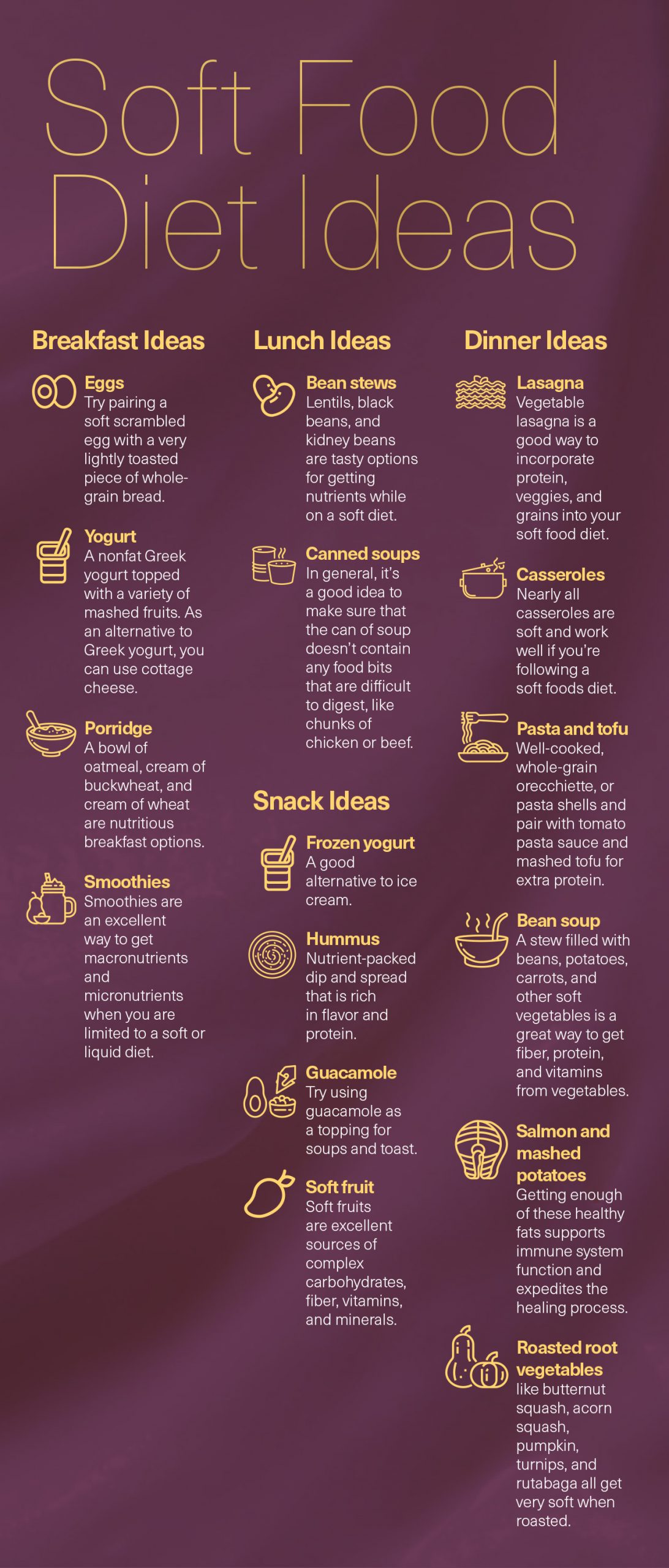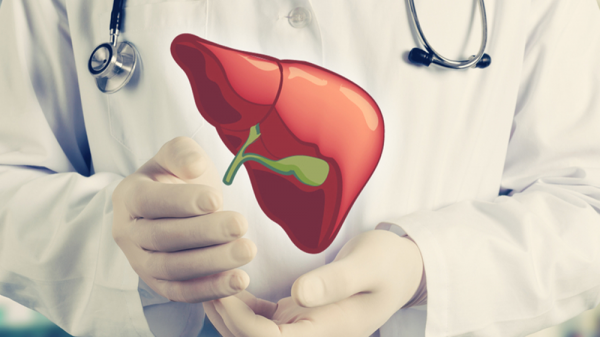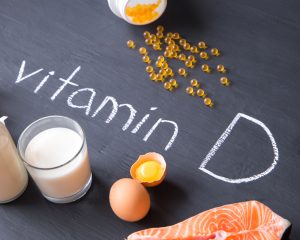A soft food diet may be recommended for a variety of different health conditions. Certain procedures and illnesses may require easily digested foods that are soothing for the digestive system. The catch is making sure that the soft foods you eat contain the nutrients you need to support your health. But can you follow a soft food diet without eating primarily Jell-O, chicken broth, bananas, and rice? If you’re wondering what to eat after tooth extractions and other similar procedures, read on to find out soft food diet ideas that provide lots of nutrients and to learn other tips for following a soft diet.
Why You Might Need to Follow a Soft Food Diet
The soft food diet may be recommended for a variety of reasons. Below are several reasons why you may need to follow a soft food diet for a little while.
- Wisdom teeth removal: After you get your wisdom teeth removed, your gums and jaw will likely be very sore. You will need to avoid tough and crunchy foods for a week or two following your tooth extraction.
- Oral surgery: You may need oral surgery to install dental implants or repair damage to the teeth, gums, and jaw due to an accident. You may not be able to chew normally for a while and you will need to follow a soft food diet.
- Weight loss surgery: Weight loss surgery, or bariatric surgery, is an effective treatment for obesity and associated metabolic conditions like insulin resistance, type 2 diabetes, and fatty liver disease. Weight loss surgeries like gastric bypass or gastric sleeve procedures require you to eat very small amounts of soft and liquid foods for several weeks, to prevent overloading a healing stomach.
- Gastritis: Gastritis is a general term to describe stomach inflammation as a result of exposure to certain substances. Common culprits are alcohol, spicy foods, and over-the-counter painkillers containing ibuprofen. You may need to eat soft foods while you recover from gastritis.
- Gastroenteritis: Gastroenteritis describes gastrointestinal stress caused by invading pathogens like viruses or bacteria. Often called the “stomach flu,” gastroenteritis can result in bloating, stomach discomfort, vomiting, and diarrhea. Soft foods and easily digested foods are gentle on the stomach when you’re recovering from gastroenteritis.
- Dentures: After dentures are placed, it’s important to ease into eating regular foods and it’s a good idea to follow a soft food diet.
Characteristics of a Soft Food Diet
Foods to eat after wisdom teeth removals, weight loss surgeries, or gastrointestinal inflammation are soft and easily digested. The soft food diet also advises against crunchy, chewy foods like granola, raw vegetables, and dried fruit.
Most soft food diets focus on bland foods, meaning they are not irritating to the mouth, esophagus, stomach, or gastrointestinal tract in any way. Generally, this means excluding spicy foods like hot sauce and chili peppers, which can cause inflammatory reactions in the stomach. Soft food diets also exclude carbonated beverages that often irritate surgical wounds and the stomach lining.
Depending on your reason for following a soft food diet, it may be recommended that you also stay away from excess fiber. This is especially the case when following a diet for gastroenteritis. If your stomach has been irritated by a stomach bug, eating a little less fiber may help fight against diarrhea.
In most cases, it is important to follow a soft food diet that is also rich in nutrients and fuels your body until you reach a full recovery.
The Importance of Getting Enough Protein
Getting adequate protein on a soft food diet is often a primary concern. Getting suboptimal levels of protein means that you aren’t getting enough essential amino acids, which can lead to muscle wasting and a slow recovery. Supplements can make sure that you’re getting ideal ratios of essential amino acids on a daily basis.
The soft foods described below provide ideas for ensuring that you get as much protein as possible while following a soft food diet.
Soft Food Diet Ideas for Breakfast, Lunch, and Dinner
When following a soft food diet, it can be easy to fall back on unhealthy soft foods like ice cream and milkshakes as your main source of calories. It can be more difficult to follow a healthy diet and get all the nutrients you need while restricted to soft foods.
Here we’ve compiled some ideas for healthy soft foods you can eat for each meal, to get a variety of macronutrients and micronutrients.
Breakfast Ideas
How can you make a tasty breakfast while following the soft food diet, that is also filled with essential nutrients? Here are a few ideas.
- Eggs: For breakfast, try pairing a soft scrambled egg with a very lightly toasted piece of whole-grain bread. Eggs afford high-quality protein and vitamin D while whole grain bread provides B vitamins and fiber. If needed, mash the eggs and avoid toasting the bread.
- Yogurt: A nonfat Greek yogurt topped with mashed strawberries and blueberries is an excellent option for a high-protein meal that also provides calcium, vitamins, and antioxidants. If you’re craving different flavors, try adding a variety of mashed fruits to your Greek yogurt. Mango, bananas, and peaches are tasty complements to yogurt. As an alternative to Greek yogurt, you can use cottage cheese.
- Porridge: An array of breakfast porridge is acceptable on the soft diet. A bowl of oatmeal, cream of buckwheat, and cream of wheat are nutritious breakfast options. Breakfast cereals are versatile and can take on many different flavors and healthy additions. For a burst of anti-inflammatory carotenoids, add a spoonful or two of pureed pumpkin and top with a dash of cinnamon. For extra protein that’s easy to digest, mix in essential amino acid powder. For extra fiber and antioxidants, add a spoonful of ground chia seeds or ground flaxseeds to your porridge. Be careful not to add whole chia seeds and flax seeds to your porridge, since these are very difficult to digest.
- Smoothies: Smoothies are an excellent way to get macronutrients and micronutrients when you are limited to a soft or liquid diet. Frozen bananas, blueberries, and mangos add sweetness and antioxidant agents like polyphenols to your day. Peanut butter or almond butter can add healthy fats to your shake. Whey protein powder or essential amino acid supplements are ideal additions to make sure your body has all the essential amino acids it needs to carry out healthy biological functions. Blend with skim milk or a low-sugar, plant-based milk like soymilk.
Lunch Ideas
When you’re on a soft food diet and lunchtime rolls around, soups and stews are convenient and easy to pack with healthy ingredients.
- Bean stews: Lentils, black beans, and kidney beans are tasty options for getting nutrients while on a soft diet. Red lentils are especially good on a soft food diet because they get particularly mushy when cooked. When you’re incorporating vegetables into your soup, like red bell peppers, carrots, and onion, make sure they are cut into very small pieces. Squash soup and pumpkin soup are smooth alternatives to chunkier stews. However, if you’re aiming for a more liquid consistency without sacrificing the ingredients, throw half of the stew into a blender. Blend until smooth, and then re-incorporate the blended stew into your original stew. The result is a tasty soup that is smoother and easier to eat, with the same great flavor.
- Canned soups: In a pinch, canned soups work well as a soft food that can be easily prepared for lunch. Chicken noodle soup may be a good option, but you may want to pick around any tough pieces of chicken. In general, it’s a good idea to make sure that the can of soup doesn’t contain any food bits that are difficult to digest, like chunks of chicken or beef. Choose canned soups that are lower in sodium, low in fat, and don’t have any added sugars. Tomato soup, lentil soup, bean soup, and vegetable soup are great canned soup options for lunch. If you have a little extra time and want to add some extra nutrition to your soup, stir in pureed spinach or kale for extra antioxidants and add essential amino acid powder for a punch of protein.
Dinner Ideas
When you’re following a soft food diet, you can’t eat a serving of chicken breast as your protein. Try these alternative options for dinner when following a soft food diet.
- Lasagna: Vegetable lasagna is a good way to incorporate protein, veggies, and grains into your soft food diet. Use whole-grain lasagna noodles and cook well. Layer the noodles with low-fat cheese and well-cooked vegetables like carrots, spinach, sweet potato, and onion. Make sure the vegetables are diced or minced and cooked until mushy. If you’ve been approved to eat meats, add a thin layer of finely ground meat to your lasagna. Try ground chicken or turkey to maximize your protein intake without the fat.
- Casseroles: Nearly all casseroles are soft and work well if you’re following a soft foods diet. Plus, it’s easy to combine healthy foods from all food groups into one dish. Experiment with different casserole combinations. For example, try combining whole-grain penne pasta, pesto, chopped spinach, finely ground chicken, and low-fat cheese to create a baked casserole packed with protein, veggies and healthy carbs.
- Pasta and tofu: Well-cooked, whole-grain orecchiette, or pasta shells, can make a simple and delicious meal on the soft food diet. Pair with tomato pasta sauce and mashed tofu for extra protein.
- Bean soup: Soups and stews are also excellent dinner options. A stew filled with beans, potatoes, carrots, and other soft vegetables is a great way to get fiber, protein, and vitamins from vegetables.
- Salmon and mashed potatoes: Salmon is a softer meat than either chicken or beef and contains healthy fats like omega-3 fatty acids. Getting enough of these healthy fats supports immune system function and expedites the healing process. Plus, salmon affords all essential amino acids. Serve salmon slightly mashed, in order to make it easier to eat. As a side, you can enjoy mashed potatoes. Though regular potatoes work well, try swapping the starchy white potatoes for vibrant, orange sweet potatoes. Sweet potatoes are packed with carotenoids that have antioxidant properties, as well as potassium and vitamin C.
- Roasted root vegetables: Root vegetables like butternut squash, acorn squash, pumpkin, turnips, and rutabaga all get very soft when roasted, and can serve as a perfect side dish. Just make sure to keep them in the oven until they reach the consistency you need. Plus, they’re filled with vitamins, minerals, carotenoids, and complex carbs for energy. Simply peel the root vegetables, cut into small pieces, and coat with avocado oil before roasting in the oven.
Snack Ideas
If you’re looking for a snack following a surgical procedure, try the options described below.
- Frozen yogurt: As an alternative to ice cream, which tends to be filled with fat and loaded with sugar, look for a frozen yogurt alternative. Frozen yogurt tends to be lower in fat and sugar, but be sure to check the label before buying. Frozen yogurt also tends to be higher in protein and is overall a healthier way to enjoy a cold treat. Another alternative is dairy-free ice cream. Additionally, cold foods like frozen yogurt offer anti-inflammatory effects if you’re recovering from an oral surgery such as a tooth extraction.
- Hummus: Hummus is a nutrient-packed dip and spread that is rich in flavor and protein. Though you won’t be able to use hummus as a dip for crunchy vegetables and crackers, you can use it as a spread for soft bread and as a sauce for softs grains and cooked vegetables. To make your own hummus, add chickpeas, olive oil, garlic, salt, and pepper to a food processor. If you want to add an extra punch of vitamins and antioxidants, add a beet or a handful of spinach to the food processor. Though your hummus dip will turn a bright pink or green, the taste won’t change much.
- Guacamole: Guacamole doesn’t need to be eaten with crunchy corn chips. Try using guacamole as a topping for soups and toast. Avocados afford lots of potassium, vitamin C, and healthy polyunsaturated fats. Usually, guacamole contains jalapeno. While on the soft food diet, leave out the jalapeno to avoid aggravating the surgical site or the stomach. A soft food diet-friendly guacamole is more like an avocado mousse and can be used as a topping or spread. To prepare, add avocado, cilantro, salt, and pepper to a food processor and blend. Top with a squeeze of lime juice.
- Soft fruit: Soft fruits are excellent sources of complex carbohydrates, fiber, vitamins, and minerals. When ripe, mango, banana, plums, and peaches, can be eaten fresh and cut up into small pieces. Naturally crunchier fruits like apples can be eaten pureed (like applesauce) or baked. If you are sensitive to fruit skins, remove them before eating.
Precautions
Keep in mind that each case of gastritis, gastroenteritis, weight loss surgery, and tooth extraction is different. An effective soft food diet will consider your individual needs and food sensitivities. For example, if you have lactose intolerance, you will need to stay away from dairy products like milk and ice cream. If you have Celiac disease, you will need to avoid all foods containing the wheat protein gluten. If you’ve undergone weight loss surgery, you will need to eat very small amounts of food.
Your health care team and dietitian can advise you on specific guidelines that are tailored to your specific biochemistry and medical conditions.
Foods to Avoid
Unless you are fighting a gastrointestinal bug that calls for more simple carbohydrates and less fiber, it’s best to generally avoid white bread, added sugars, and fatty dairy products. If you have a metabolic condition like type 2 diabetes or fatty liver disease, it’s especially important to steer clear of foods that may raise your blood sugar and lead to fat accumulation in the liver.
These foods should be saved as treats and eaten on occasion when following a soft food diet:
- Bagels and cream cheese
- Muffins
- Cake
- Ice cream and sherbet
- Custard and cream
- Sour cream, mayonnaise, and other high-fat condiments
- Processed meats like lunch meat and hot dogs
Conclusion
Following the soft food diet can be a challenge when you’re trying to get nutrients you need like protein, vitamins, minerals, and antioxidants. But rest assured, you don’t have to be confined to Jell-O and oatmeal for the duration of the diet. There are creative ways to pack your soft food diet with more nutrients, and importantly, get the protein you need. Protein powders and essential amino acid supplements are vital when it comes to getting high-quality protein on a soft food diet.
























